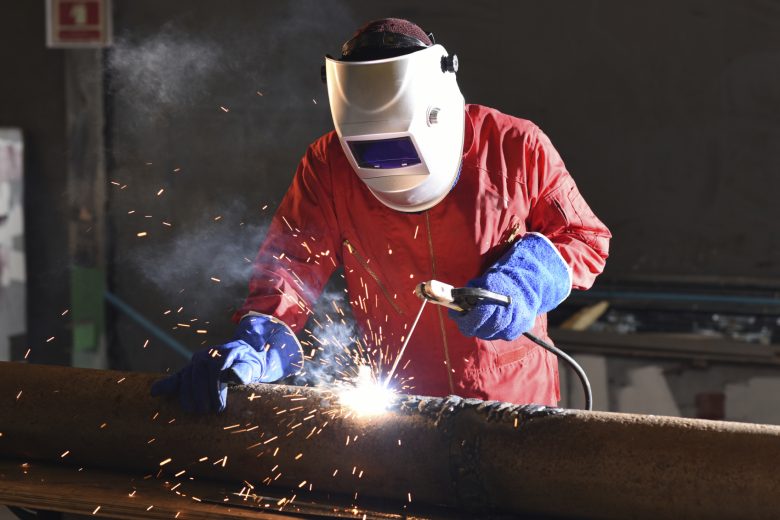When OHS professionals shop for flame-resistant (FR) workwear, flame resistance, fabric integrity and insulation are at the top of their list. Comfort, style and durability also factor into the purchasing process because they play a big role in whether workers wear FR clothing when they need it most.
But even after selecting the appropriate FR wear, there’s no guarantee it will be worn. Three major issues can affect FR compliance and determine whether employees will be wearing protective clothing when they’re on the job.
Requirements and training
It’s standard fare to outline procedures, communicate consequences and provide FR training whenever a new employee is hired. It’s much less common for workers to receive frequent refresher training, but it can be just as important. If training is only delivered once, or there are large intervals between reminders (like once-a-year compliance training) then it can be easy to forget important details.
Training for flame-resistant workwear should also cover a lot more than the specific requirements for when FR clothing needs to be worn. It should also include:
- how to care for FR garments
- signs that FR materials needs to be replaced
- the limitations of FR protection
- issues that can compromise FR use (like state of mind)
Rushing
FR workwear isn’t particularly difficult to use properly. But what it lacks in complexity it makes up for in precision. Zippers need to be completely zipped up, every button must be buttoned, and collars and cuffs have to be closed. When production demands increase the pace of work, it can be easy for workers to rush through putting on their flame-resistant clothing and overlook a small but vital step. And that can leave them exposed to dangerous levels of heat—or worse.
Two major steps are required to prevent rushing from compromising the use of FR wear. The first is to educate workers on the dangers of rushing. A human factors training program can improve PPE use and provide the skills needed to recognize rushing and avoid making an error as a result. The second is to avoid ramping up the speed of work whenever possible, because there is no quicker way to elevate risk than to demand people to work faster than they’re used to.
“Just this once”
Every safety professional has heard the “just this once” excuse. It’s a common reason workers give for forgoing PPE. If something can be done quickly or there seems to be little risk involved then putting on FR gear can seem like more trouble than it’s worth.
The phrase “just this once” is a major warning sign that complacency has set it. From there it’s only one misstep from a serious injury. Keep an ear tuned to phrases that signal a complacent attitude towards wearing FR clothing. If necessary, conduct extra training or recontextualize the importance of FR to shake employees out their complacency and to stop them from exposing themselves to harm because they became too comfortable with the risk.
FR compliance: stay vigilant
All three causes of noncompliance mentioned above are a result of taking a set-it-and-forget-it approach to FR protection. It’s not enough to provide the right equipment and then send employees on their way. Constant attention must be paid to how flame-resistant clothing is being used, to employee attitudes towards FR use, and to general safety procedures, skills and knowledge.
Ongoing problems with FR compliance can signal larger issues with PPE use. This free guide on PPE safety outlines a number of factors to consider when addressing problems regarding FR workwear, PPE compliance and the ways in which human factors compromise worker safety.

